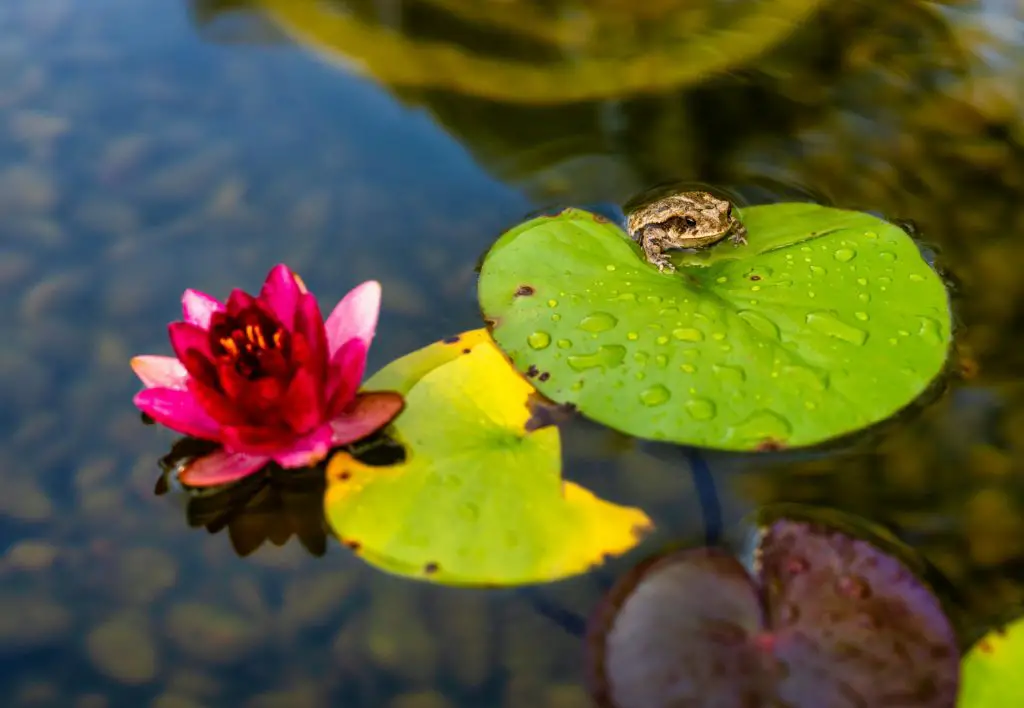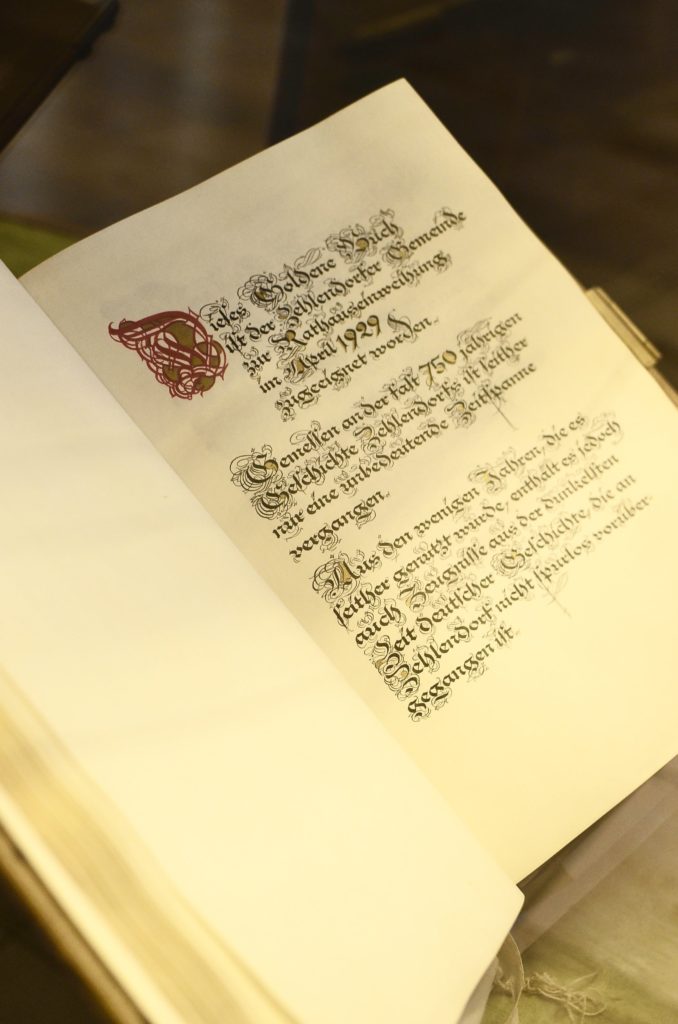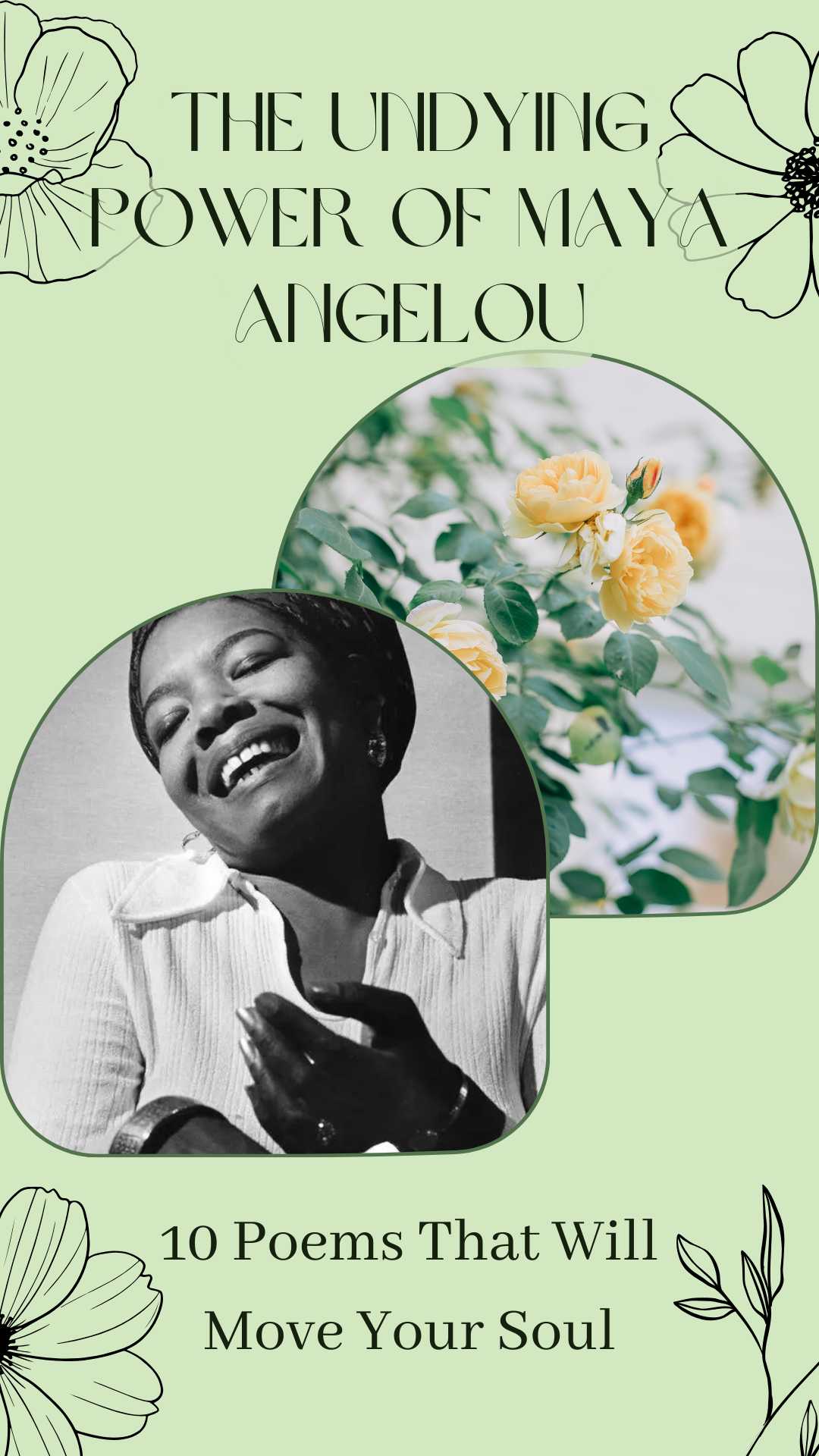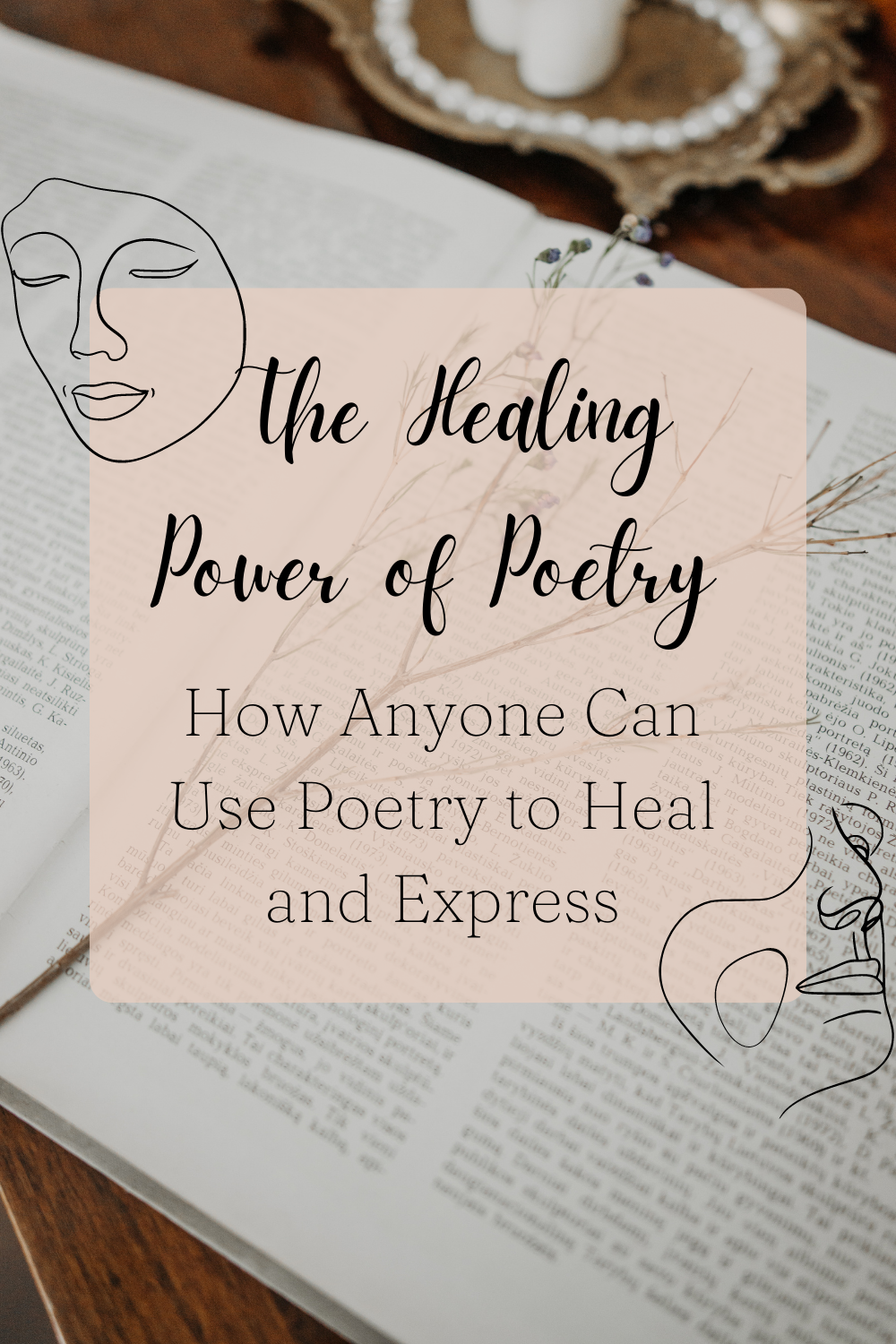Unlock the Universe of Words: Why Poetry in Other Languages Matters

I Used to Think Poetry Was Just Rhyming Words… Then I Discovered This Secret World.
You know that feeling when you stumble upon old, dusty books tucked away in a secret corner? It’s like discovering whispered stories waiting to be uncovered, written on pages softened by time’s touch. Well, that’s the magic of poetry in other languages – it’s like stepping into a vast library, brimming with voices that dance to rhythms you’ve yet to hear and emotions painted in hues your dictionary can’t quite capture.
Forget the forced rhymes and flowery metaphors of high school English class. This isn’t about dissecting sonnets – it’s about experiencing the universe anew, through words that dance to different tunes and paint pictures beyond the borders of your own language. You don’t need a PhD in literature, just a curious mind and a willingness to step outside your comfort zone.
Untranslatable Treasures, Melodies of Language, and Windows to the World
Ever been stuck staring at a foreign word, feeling like it holds a universe of meaning just out of reach? That’s the beauty (and sometimes frustration!) of untranslatable words. Imagine the Japanese concept of “wabi-sabi,” encompassing the beauty of imperfection. Or the Portuguese “saudade,” a melancholic longing for something lost or unattainable.
These words hold entire universes within them, waiting to be discovered through poetry.
But it’s not just single words – entire poems shimmer with unique cultural nuances. Take Matsuo Basho’s famous frog haiku; It’s simple, almost mundane, yet its quiet contemplation speaks volumes about Japanese Zen philosophy. This simple poem has been translated many different times, here are a few of my favorites:
The original Japanese:
Furu ike ya
kawazu tobikomu
mizu no oto
Old pond — frogs jumped in — sound of water.Translated by Lafcadio Hearn
Into the ancient pond
A frog jumps
Water’s sound!Translated by D.T. Suzuki

An old pond —
The sound
Of a diving frog.Translated by Kenneth Rexroth
Pond, there, still and old!
A frog has jumped from the shore.
The splash can be heard.Translated by Eli Siegel
The ancient pond
A frog leaps in
The sound of the water.Translated by Donald Keene

The old pond,
A frog jumps in:
Plop!Translated by Alan Watts
Breaking the silence
Of an ancient pond,
A frog jumped into water —
A deep resonance.Translated by Nobuyuki Yuasa
The quiet pond
A frog leaps in,
The sound of the water.Translated by Edward Seidensticker
Each translation of Basho’s haiku brings something special to the table, giving us a glimpse into how different translators see the poem and navigate the quirks of both languages. It’s like looking at the same picture through different lenses – each one brings out new details and shades. Let’s take a closer look at what makes each translation stand out:
- Lafcadio Hearn’s Translation: Focuses on the stillness and sudden movement, emphasizing the contrast between the tranquil pond and the energetic frog.
- D.T. Suzuki’s Translation: Simplifies the imagery, capturing the essence of the scene with straightforward language.
- Kenneth Rexroth’s Translation: Provides a minimalistic yet impactful portrayal of the scene, focusing on the elements of the old pond and the frog’s dive.
- Eli Siegel’s Translation: Uses brief, direct language to convey the simplicity and immediacy of the moment.
- Donald Keene’s Translation: Emphasizes brevity and captures the essence of the scene with a single word to represent the sound of the frog’s splash.
- Alan Watts’ Translation: Expands on the imagery, adding depth and resonance to the frog’s action and the resulting sound.
- Nobuyuki Yuasa’s Translation: Maintains a sense of tranquility while highlighting the frog’s disruptive entry into the stillness of the pond.
- Edward Seidensticker’s Translation: Retains the simplicity and clarity of the original, focusing on the key elements of the scene.

Now let’s compare that to Pablo Neruda’s passionate verses from “Tonight I Can Write the Saddest Lines“:
tonight I can write the saddest lines.
I loved her, and sometimes she loved me too.
The original Spanish line is: “La amé, y a veces ella también me amó.“
Translating this line poses a real puzzle: how do you keep all the feels Neruda packed into those words? Let’s delve into the complexities of translating this poignant line from Neruda:
- Amé: In Spanish, “amé” transcends mere “loved.” It embodies a profound, soul-stirring affection that’s challenging to encapsulate in English.
- A veces: While “a veces” directly translates to “sometimes,” its essence goes beyond sporadic moments. It reflects the ebb and flow of love, adding depth to the emotional landscape.
- Ella también: “She too” may seem straightforward, but it conveys a mutual reciprocity that enriches the sentiment. It underscores the intricate dance of affection and longing.
Translating poetry is akin to capturing lightning in a bottle. It requires delicacy, nuance, and an appreciation for the cultural heartbeat resonating within each word.
And it’s not just meaning, it’s music! Languages themselves have distinct rhythms and melodies. French poems might sing with elegant rhymes, while Chinese verses dance to the music of tones.

So, what’s the point? Why go through the effort when translation exists?
Because sometimes, translation is like looking at a photocopy of a painting. You get the gist, but you miss the brushstrokes, the texture, the soul. By dipping your toes into poetry in other languages, you open windows to entirely new worlds. You experience emotions you never knew existed, see the world through fresh eyes, and discover the magic that transcends any single language.
Literary Adventures & Personal Connections:
Imagine exploring mystical Japanese Haiku gardens with Matsuo Basho, or feeling the sun-drenched passion of Pablo Neruda’s Spanish verses.
Each language boasts unique literary movements and forms, waiting to be discovered. Dive into the elegant precision of French Symbolists like Charles Baudelaire, or lose yourself in the whimsical surrealism of Federico García Lorca‘s Spanish poems. These are just a few glimpses into the vast riches waiting to be explored.
But here’s the secret sauce: your personal connection. Learning just a few words in the original language can unlock a whole new level of appreciation.
Suddenly, the rhythm of a Japanese haiku becomes more tangible, the raw emotion of Neruda’s words strikes deeper. Don’t worry, you don’t need to become a language scholar! Start with basic phrases that resonate with you, or use online resources like Duolingo or pronunciation guides. Every step you take brings you closer to the heart of the poem.
Remember, the journey is just as important as the destination. Don’t be afraid to explore different languages, poets, and styles. Let curiosity be your guide, and trust me, you’ll stumble upon hidden gems that resonate with your soul.
Ready to start your exploration? Here are some resources to get you going:
Poetry Foundation: Explore poems from around the world
Academy of American Poets: Discover contemporary poets from diverse backgrounds
Duolingo: Learn basic phrases in various languages
Forvo: Listen to native speakers pronounce words

Beyond the Barrier: Imperfections Unveiling Beauty
Okay, let’s talk about the elephant in the room (or perhaps, the untranslatable word on the page): translation. Let’s be honest, it’s never perfect.
Like looking at a tapestry through gauze, some details might blur, some nuances might fade. But here’s the thing: translation isn’t a wall, it’s a bridge. It allows us to step onto the first stone, feel the texture beneath our feet, and glimpse the vast landscape beyond.
Think of it like listening to a song in a foreign language. You might not understand every word, but the melody tugs at your heartstrings, the emotions resonate deep within. That’s the power of poetry in other languages. Focus on the overall feeling, the vivid imagery, the raw emotions that transcend any single word.
Now, don’t get me wrong, technology can be our helpful travel guide. Translation tools like Google Translate or DeepL can offer basic understanding. But remember, they’re just tools, not magic wands. Use them to get a general idea, then delve deeper with online resources like bilingual editions or annotated poems.
Every step you take brings you closer to the heart of the poem, even if it involves a little exploration.
In the End: Embracing Poetry’s Multifaceted Soul
As we explored the intricate world of translating poetry, we discovered the challenges and beauty in conveying emotions across languages. While some feelings may not perfectly translate, the essence of poetry remains powerful and captivating. Remember, it’s not just about finding the right words, but cherishing the journey of poetic expression across cultures and languages.
So, are you ready to unlock the potential of poetry in other languages? Pick a language that intrigues you, find a poem that calls to you, and take the first step.
You might just surprise yourself with the hidden treasures you discover along the way. Remember, the adventure awaits, and it all starts with a single word, even if you don’t quite understand it yet.



